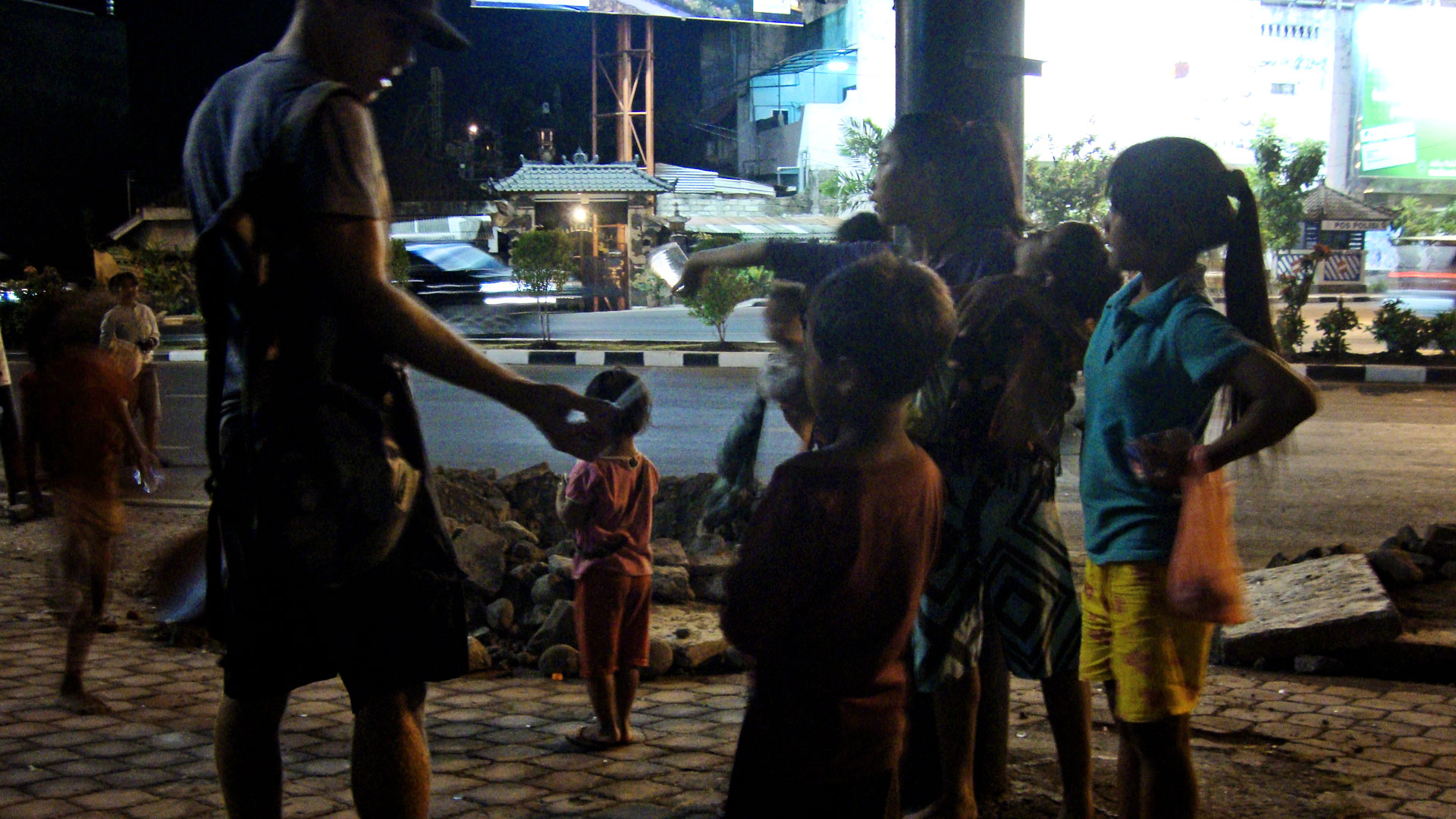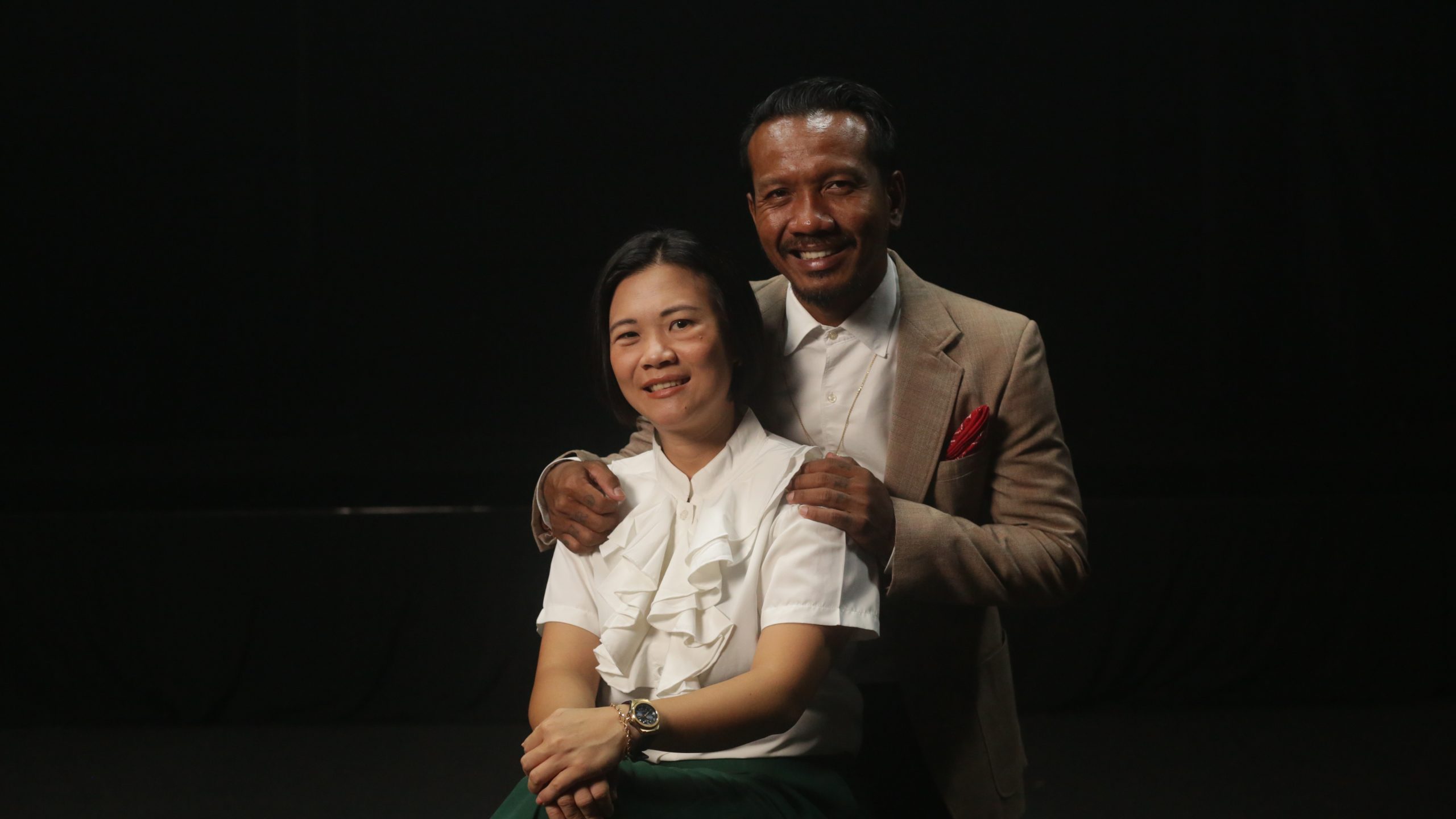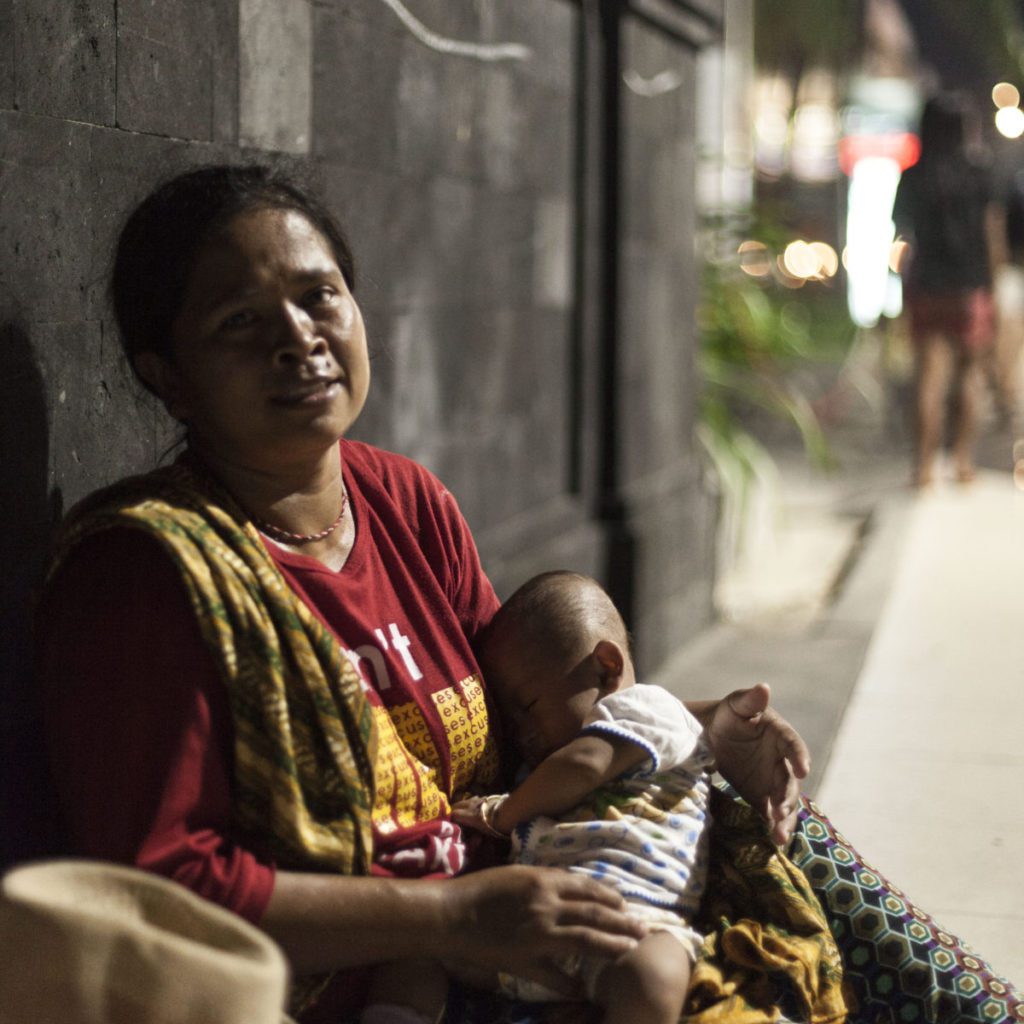Bali Life Foundation History
Photo : Bali Life Foundation Founder Brad & Siska Little


Bali Life was established by Brad and Siska Little, an Australian-Indonesian couple. Their encounter with a 9-year-old boy living on the streets of Kuta, begging for money, inspired them to help not only him but also all street children and orphans in Bali. However, they initially couldn’t take him in due to their circumstances. This experience left a deep desire in Brad and Siska to find a way to assist these children, which led to their decision to set up a children’s home in Bali.
With the support of a visiting businessman who was moved by their vision, Bali Life was born, and they were able to find a suitable property for their first two children in 2006. Over the years, the family has grown, and they now provide a home for 48 children from diverse backgrounds and regions of Indonesia.
In 2010, they welcomed a child found on the streets by a Balinese lady who had nursed him back to health and needed to find a permanent home for him.
Remarkably, as they spent time with him, they discovered that he was the same boy Brad & Siska had briefly met in 2005, who had inspired the birth of the children’s home. This touching discovery felt like a fitting way to close the first chapter of Bali Life’s story.
After running the Bali Life children’s home for several years, Brad and Siska Little knew it was time to pass the baton to someone who shared their passion and vision for helping those in need.




That’s when Siska’s brother, Piter, and his wife Lyna Panjaitan, stepped up to continue the work that Brad and Siska had started.
Piter and Lyna had seen the impact of Bali Life firsthand and were inspired to carry on the legacy of the foundation. They took over the organization in 2013, determined to continue to help as many people as possible in Bali and Indonesia.
Under their leadership, Bali Life has grown to include various projects that have positively impacted thousands of people.
One of their notable initiatives is the Free School program and Women Workshop, which provides education to underprivileged children who would otherwise not have access to schooling and provide soft skills for underprivileged mother. The program aims to break the cycle of poverty by giving children the opportunity to learn and grow, and to reach their full potential and empower the mothers
Another project that Piter and Lyna spearheaded is the Disaster Relief program. This program helps communities affected by natural disasters, such as earthquakes and floods, by providing essential aid and support. The program ensures that those affected by these disasters have access to necessities such as food, shelter, and medical supplies.
Through Piter and Lyna’s leadership, Bali Life has continued to thrive, and their impact on the communities they serve has only grown. Their dedication and commitment to making a difference have inspired many others to join their cause and help those in need. Their story is a testament to the power of compassion and determination in making a positive change in the world.


Why We Exist ?
Indonesia has a population of 248,645,008 (July 2012 est.) making it the 4th largest nation in the world
(1) and it faces a number of challenges… “Current issues include: alleviating poverty, improving education, preventing terrorism, consolidating democracy after four decades of authoritarianism, implementing economic and financial reforms, stemming corruption, reforming the criminal justice system, holding the military and police accountable for human rights violations, addressing climate change, and controlling infectious diseases, particularly those of global and regional importance.”
(2) Apart from children being genuinely orphaned, the 3 main factors that lead to children living in orphanages in Bali are summarised below:
Many children living at our orphanage, and also at others are not actually orphans at all but victims of poverty.
Parents here will often have lots of children but cannot always afford to provide for them. The average income in Indonesia is around $100 a month (3) and with rapidly increasing costs of living it is hard to survive on such a little amount. Just considering education alone:
“UNICEF estimates that more than one million children drop out of primary school every year, primarily because the cost of supplies, uniforms, and other expenses are a burden for disadvantaged families.” (4)
There is also a clear link between children being out of school as a result of a need to work – two-thirds of children who are out of school are involved in work, either paid employment or at home.
An estimated 2.7 million Indonesian children are involved in some form of child labour – roughly half of these are under the age of 13. While most working children do manage to participate in some form of schooling, time spent engaged in education is limited and impacts on their ability to reach their full potential. There is also a clear link between children being out of school as a result of a need to work – two-thirds of children who are out of school are involved in work, either paid employment or at home.
Some parents may recognise this and choose to send their children to an orphanage where they know they will at least receive food, shelter and education. This is especially the case for single parents – particularly widowed or divorced women who have no way of financially supporting themselves or their children after the death/divorcing of their husband.
In the busy tourist areas of South Bali a large scene of ‘street kids’ has developed where children are sent out by their families to beg. As there are no penalties for failing to enrol your child in school this is a viable resort for the poorest of parents. (5) The children eventually drift into a life that is less and less attached to their family and more to the people they meet on the streets.
Life on the street is full of danger and vulnerability. One of our children was found on the streets so ill he was close to death – this is a tropical country where risk of contracting a major infectious disease is high (6) and where healthcare is privatised.
If begging is unsuccessful it often leads to petty crime and, heart-breakingly, into life as sex workers where work/money is more dependable. Many of our children, who were living on the streets before they came to us, spoke openly of their desire to become prostitutes as soon as they were able. Being children, they do not fully understand the implications of what prostitution would mean; they just see it as a secure way to gain an income (a relatively good one compared to begging). Obviously, this is an appalling prospect for these children and on top of that it is worth noting that in Indonesia there are 310,000 (2009 est.) people living with HIV/AIDs – making it the 19th worst affected country in the world. (7) Orphanages offer a refuge for children who have experienced life on the street and a chance to make a better future for those who want to change.
Before they came to live with us, many of our children were victims of neglect and all other types of abuse. Indonesia adopted the UN’s Convention on the Rights of the Child in 1990 however implementing it has been problematic…
“Numerous difficulties impede Indonesia’s implementation of the Convention on the Rights of the Child, including the practical difficulties of coordinating policy in over 6,000 islands and the lack of resources in an economy still recovering from the Asian economic collapse in 1997. Furthermore, Indonesia reported to the Committee on the Rights of the Child that traditional attitudes persist in which child abuse is seen as a family matter for which intervention is unnecessary. The U.S. State Department reported that child labor and sexual exploitation were severe problems and that “some provincial governments did not enforce [the] provisions” of the Law on Child Protection.” (8)
So although child abuse is illegal in Indonesia – doing anything about it other than removing the child completely from the reaches of the abuser by placing them into the care of an orphanage, is extremely difficult.
References
(1) – CIA Publication ‘The World Factbook’ ISSN 1553-813
(2) – CIA Publication ‘The World Factbook’ ISSN 1553-813
(3) – Microsoft’s Encarta (2004)
(4) – UNICEF Indonesia ‘The Children’ (Indonesia: UNICEF 2012)
(5) – UNICEF Indonesia annual report 2012 (Indonesia: UNICEF 2010 )
(6) – CIA Publication ‘The World Factbook’ ISSN 1553-813
(7) – CIA Publication ‘The World Factbook’ ISSN 1553-813
(8) – From “Representing Children – Worldwide: How Children’s Voices Are Heard In Child Protective Proceedings” (2005)
